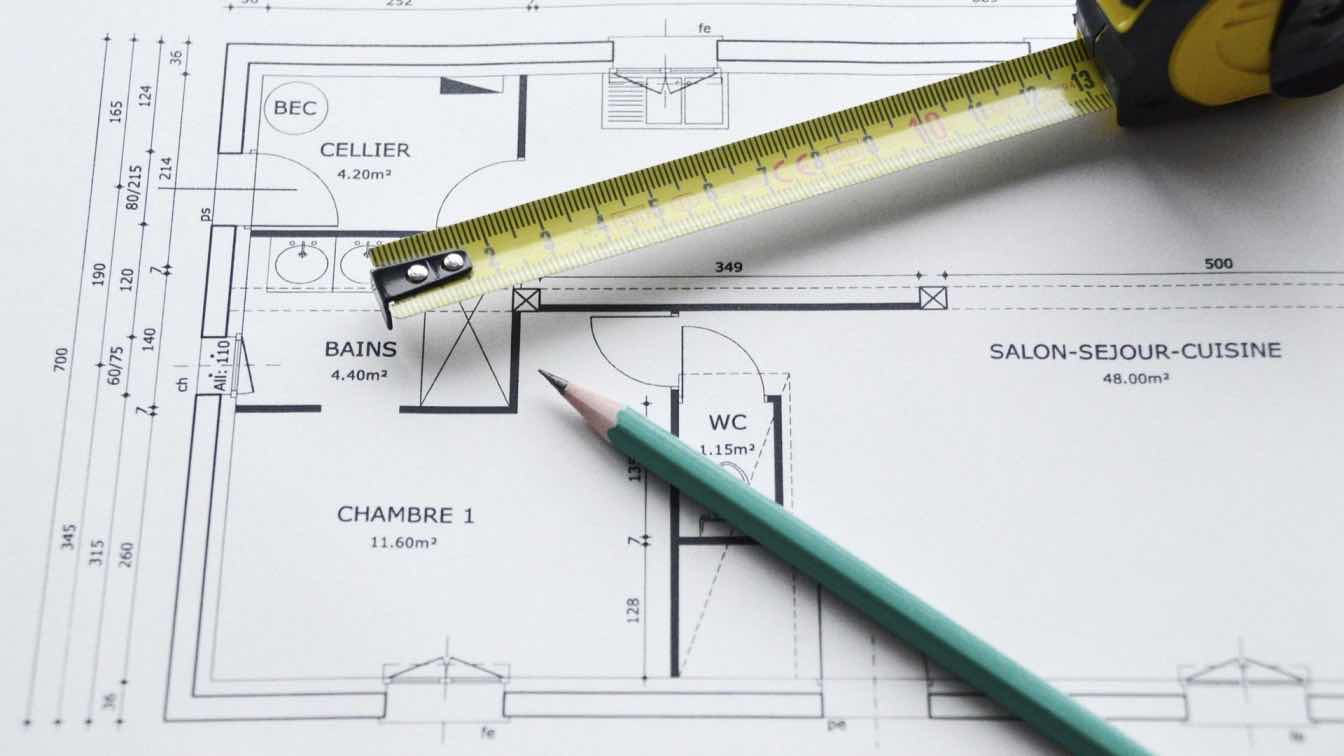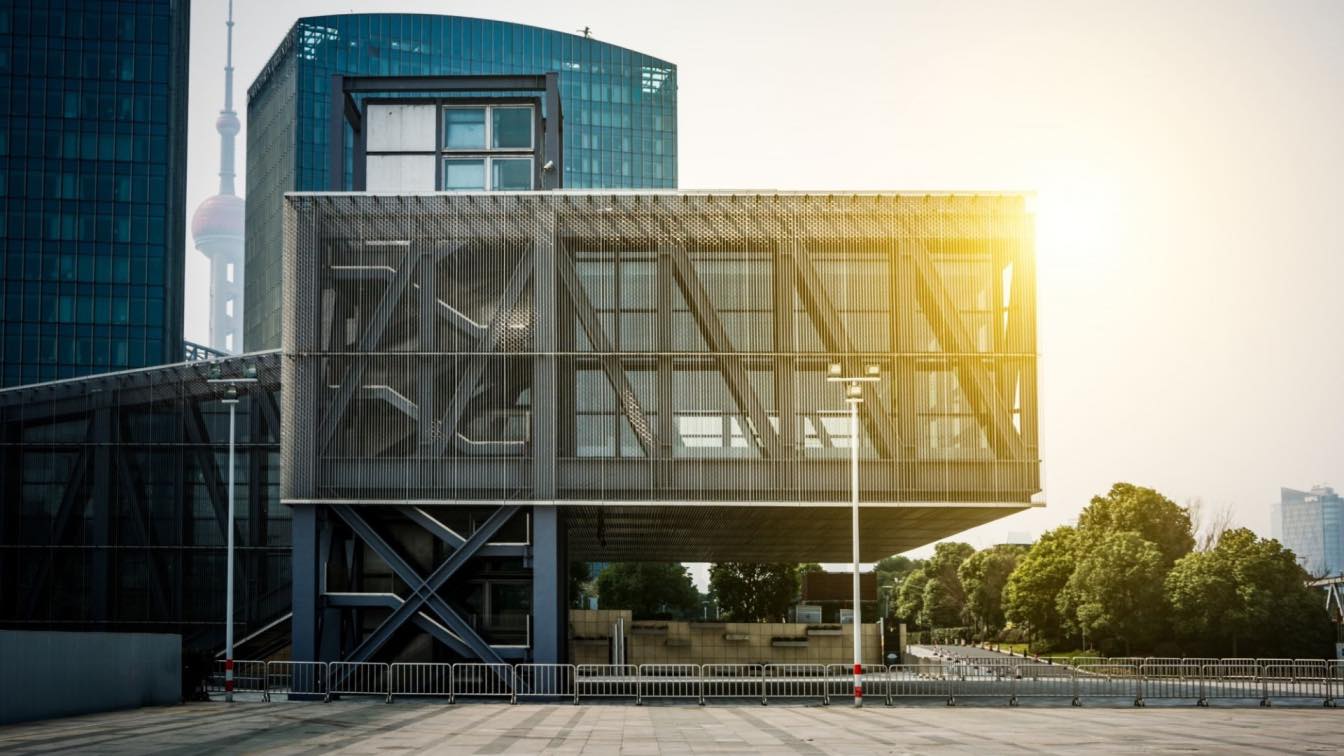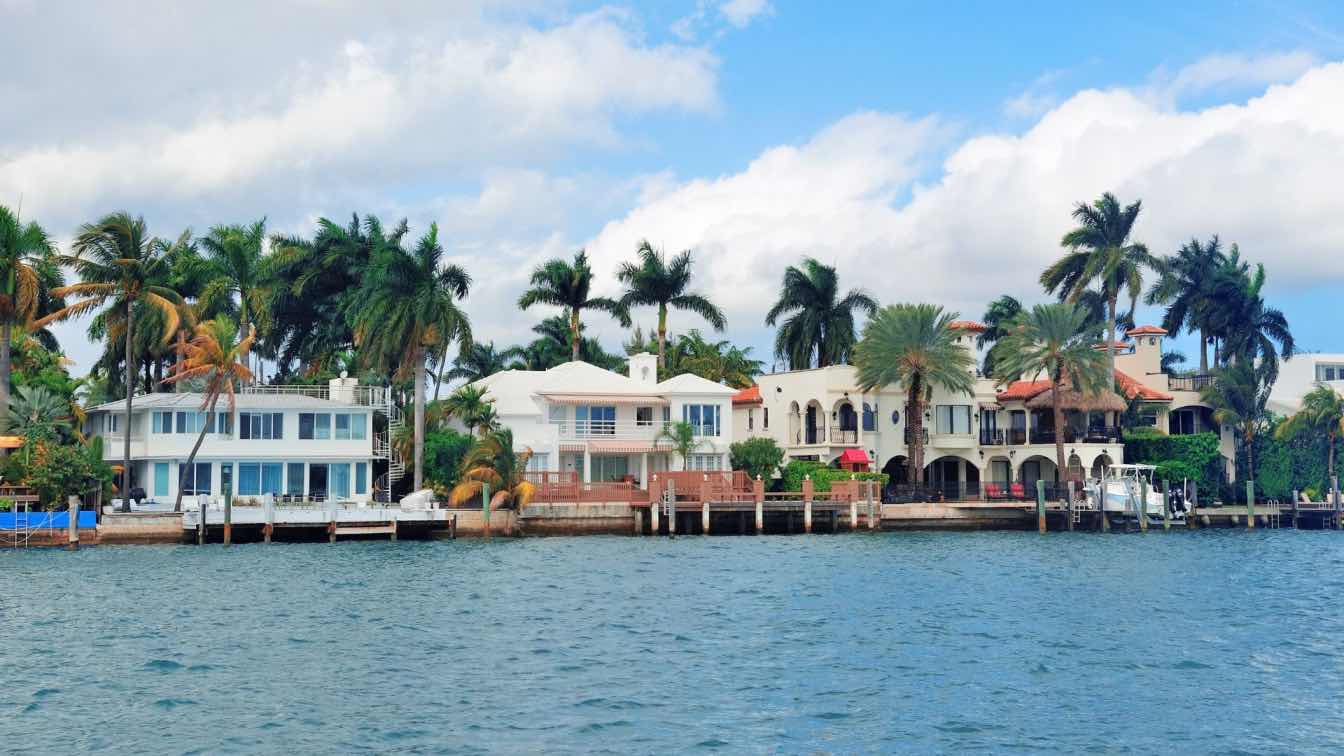The intersection of sustainable architecture and pest control presents one of today's most innovative approaches to home design. As homeowners increasingly seek chemical-free living environments, architects are developing creative solutions that integrate pest prevention directly into building design. This emerging field combines ancient wisdom with modern innovation, proving that effective pest control doesn't have to rely on harsh chemicals.
The Evolution of Pest-Resistant Architecture
The relationship between architecture and pest control dates back centuries, with traditional building practices often incorporating natural pest deterrents into their designs. Today's architects are revisiting these time-tested methods while incorporating modern sustainable materials and techniques. Climate change has added urgency to this evolution, as shifting weather patterns affect pest behaviors and migration patterns. The question "does salt kill fleas" and other natural remedy inquiries have resurged as homeowners seek alternatives to chemical treatments.
Natural Materials are the Foundation of Pest-Resistant Design
Selecting the right materials forms the cornerstone of pest-resistant architecture. For exterior applications, naturally resistant woods like cedar and cypress offer built-in protection against many insects. These can be further enhanced with non-toxic treatments derived from plant oils. Natural stone applications not only provide durability but also create fewer hiding spots for pests compared to synthetic materials.
Living walls and green roofs have emerged as powerful tools in pest management. When properly designed, these features attract beneficial insects that naturally control pest populations. They also create a balanced ecosystem that supports natural pest control while enhancing the building's aesthetic appeal and environmental performance.
Interior material choices prove equally important. Cork flooring, for instance, naturally repels many common household pests while providing excellent durability. Natural plaster walls incorporating materials like lime offer fewer nesting opportunities for insects compared to traditional drywall. Even insulation choices matter, with materials like sheep's wool providing natural pest resistance.
Architectural Features That Prevent Pest Problems
Smart architectural design can significantly reduce pest issues before they begin. Proper water management through thoughtful roof design, adequate drainage, and strategic landscaping prevents moisture accumulation that attracts pests. Ventilation systems designed to maintain optimal humidity levels naturally discourage many common household pests while improving indoor air quality.
Natural light optimization serves multiple purposes in pest-resistant design. Many pests prefer dark, undisturbed areas, so maximizing natural light through strategic window placement and light wells can discourage pest activity. This approach also reduces energy consumption and creates more pleasant living spaces.
Biophilic Design: Working With Nature
Biophilic design principles take pest control further by creating harmonious relationships between buildings and their natural environment. This approach recognizes that fighting nature proves less effective than working with it. Strategic plant selection and placement can create natural barriers against unwanted pests while attracting beneficial insects and birds that help control pest populations.
The integration of natural predator habitats into landscape design offers subtle but effective pest control. For example, bat houses and owl boxes can be architecturally incorporated to encourage natural pest control, while water features can support populations of pest-eating amphibians.
Smart Technology in Natural Pest Control
Modern sustainable architecture increasingly incorporates smart technology to enhance natural pest control methods. Automated monitoring systems can detect pest activity early, allowing for prompt natural intervention. Climate control systems maintain optimal temperature and humidity levels that discourage pest infestations while minimizing energy consumption.
Implementation and Economic Considerations
While designing pest-resistant sustainable homes may require larger initial investments, the long-term benefits often justify the costs. Reduced maintenance expenses, lower pest control costs, and improved property values contribute to favorable returns on investment. Additionally, insurance companies increasingly offer better rates for homes incorporating these sustainable, pest-resistant features.
For existing homes, retrofitting options can significantly improve pest resistance while enhancing sustainability. Simple modifications like sealing entry points with natural materials and updating ventilation systems can make substantial differences without requiring complete renovation.
Looking to the Future
The future of sustainable, pest-resistant architecture looks promising. Emerging materials and technologies continue to expand design possibilities while improving effectiveness. As climate change concerns grow and chemical treatments face increasing scrutiny, the demand for these innovative approaches will likely accelerate.
Successful implementation of these principles requires careful planning and attention to detail, but the rewards extend far beyond pest control. These designs create healthier living environments, reduce environmental impact, and often result in more beautiful and functional homes.
The integration of pest control into sustainable architecture represents more than a trend – it's a fundamental shift in how we approach building design. By working with nature rather than against it, we can create homes that naturally resist pests while promoting environmental health and human wellbeing. As this field continues to evolve, we can expect to see even more innovative solutions that make chemical-free pest control an integral part of architectural design.





